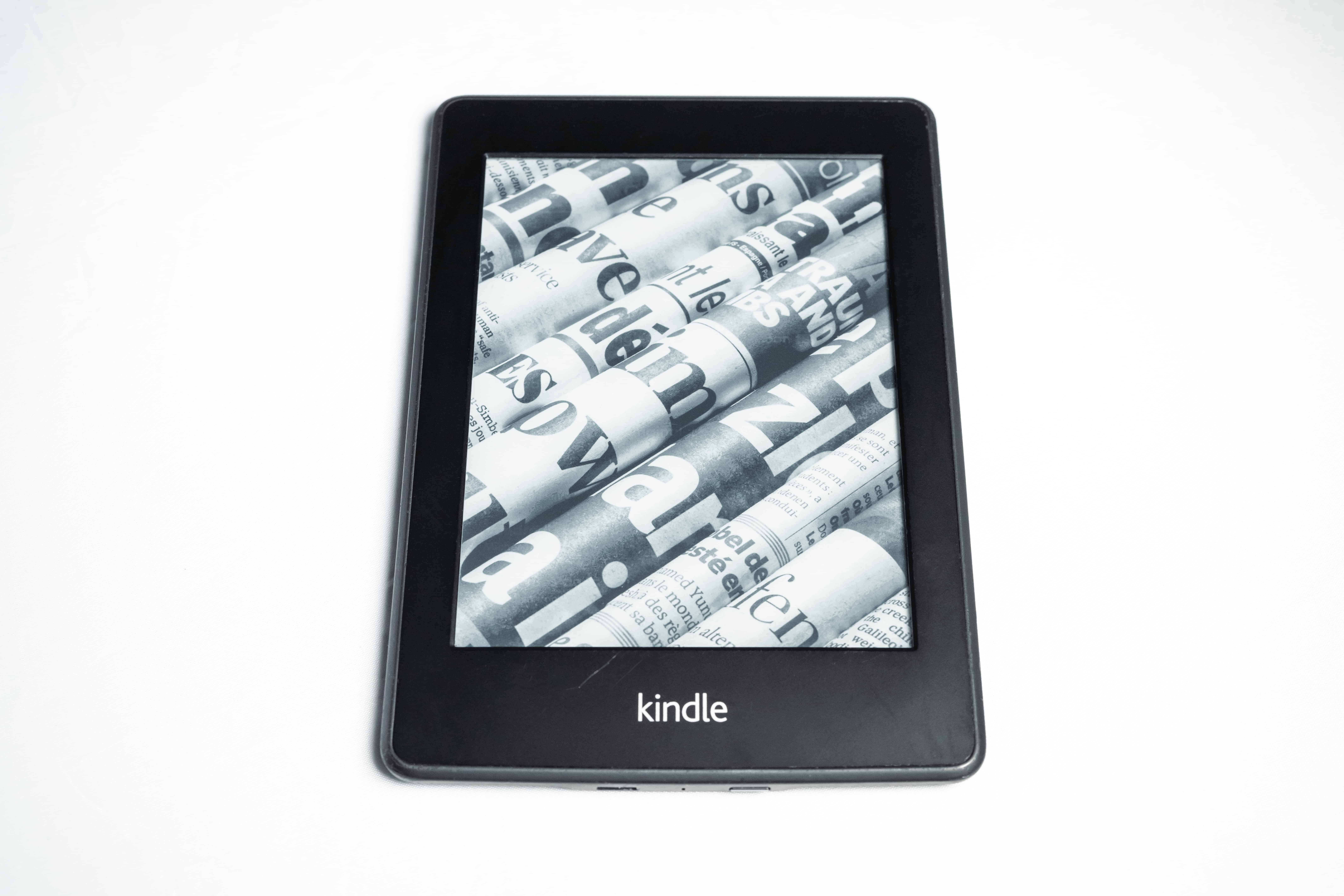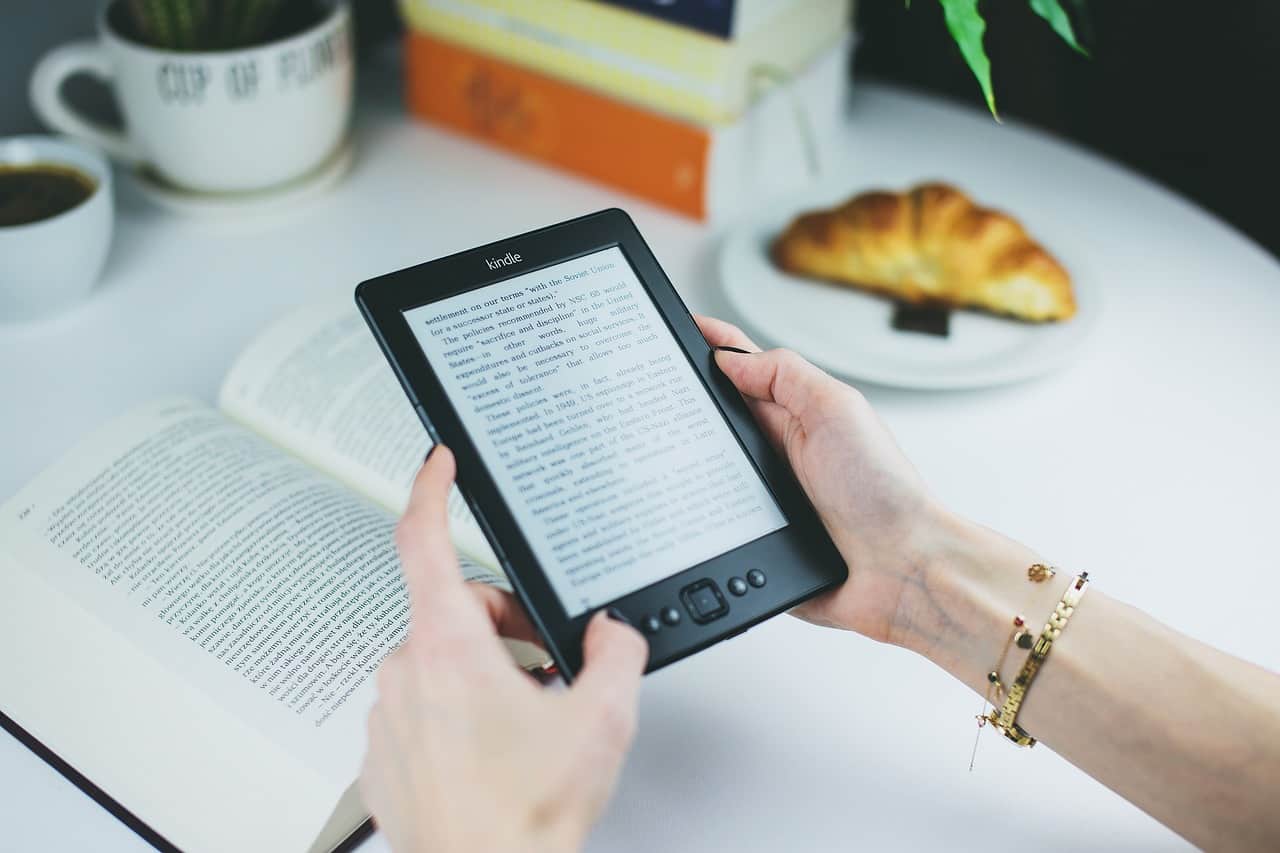When Apple released the 7th generation of the Apple Watch in 2021, one of the standout improvements they made was curving the shape more than the previous models. This significantly increased the comfort of the watch.
Wearing an Apple Watch on the inside of the wrist is possible, but it is not recommended in most scenarios. The Watch is orientated to work on the outside of the wrist, and the settings reflect this. There’s no way to reverse the design to make it suitable for the inner wrist.
Despite this, many people have attempted to use the Apple Watch on the inside of their wrists as they find this more comfortable. The new curved design of the Apple Watch 7 Series has made this even more tempting.
This guide will analyze why wearing the Apple Watch correctly is a good idea and discuss other related topics.

Can I Wear Apple Watch on The Inside of My Wrist?
Apple designed the Apple Watch to be worn on the outside of the wrist, like any conventional watch. Nevertheless, some users may be tempted to try wearing the watch on the inside of their wrist.
Perhaps you find the Apple Watch more comfortable when the face is on the inside of your wrist, or maybe you feel that it’s less likely to get damaged in that position. Whatever your reason for contemplating this question, I wouldn’t recommend doing it.
The main reason that the Apple Watch shouldn’t be worn on the inside of your arm is that it includes a series of sensors that ensure it is oriented correctly. The watch can detect whether it’s being worn on the right or left arm, but it doesn’t include settings for the underside of the wrist.
You can set the Digital Crown to the left or right side of the watch. This is the button positioned on the side that rotates and is used for various features such as activating Siri, scrolling, zooming, and opening recently used apps.
Apple allows you to tailor the Digital Crown and the other settings to either the left or right side, but it doesn’t facilitate flipping the watch over to underneath your wrist.
Testing this is unlikely to damage your Apple Watch, so there’s no harm in trying it out. You’ll more than likely find that the different functions and controls of the Apple Watch don’t work properly due to the sensors being out of place, making it very difficult to use.
Another issue you’ll probably encounter is that the accelerometers responsible for signifying to the Apple Watch when you turn it towards you will be unable to function properly. This could lead to the automatic display activation malfunctioning, which would be frustrating.
If you are intent on trying to get your Apple Watch to work on the inside of the wrist, I’d recommend changing the settings to the opposite hand. For example, change the settings to right-handed if you want to place the watch on the inside of your left wrist.
This may improve the watch’s functionality somewhat when it is on the underside of your wrist, but it’s not guaranteed to be effective.
Can I Wear Apple Watch on My Ankle?
Wearing an Apple Watch on your ankle may seem like a good idea, particularly for workouts and other movement-intensive activities. You may be worried about damaging your Apple Watch if you wear it in the conventional position on your outer wrist, and the ankle might seem like the perfect solution.
Providing you can fit the Apple Watch around your ankle comfortably and secure it by tightening the strap to adequate tension, there’s no reason that you can’t wear it this way from time to time.
The obvious issue is that you won’t be able to access many of the Apple Watch’s features when worn on the wrist. It’s much more difficult to band down and use the watch when worn on your ankle.
However, if you’re undertaking some form of exercise, such as running, cycling or hiking, you probably don’t need to access the Apple Watch until after you’ve finished or decide to take a break. The fitness-related aspects of the watch will work just fine when it is placed on your ankle.
The Apple Watch 7 is rated IP6X water resistant and won’t be damaged by any water if you run or walk through a puddle. The only risks of damage when wearing the Apple Watch on your ankle are if it comes loose and you accidentally step on it, or if you trip and it hits the floor or another hard object.
Hopefully, neither of these will happen, and even if you wear the watch on your wrist while working out, there’s an equal chance that you could damage the watch in this way.
The accelerometers and sensors responsible for tracking fitness-related data are designed for the wrist. While they should, in theory, work on your ankle, there’s a chance that wearing the watch in this way may confuse them slightly.
If you’re intent on getting the most accurate data from your Apple Watch, it’s a good idea to wear it in the intended wrist position. It’s not guaranteed to be inaccurate, and you may want to run some tests to determine whether it is or not before using it to track your workouts or activities.
The sensors positioned in the back of the Apple Watch are the most vital when tracking your fitness activity. If you ensure that they are touching your leg, this should improve the chances of getting accurate data.
If you’re not too concerned about accurate fitness readings, then there shouldn’t be any other potential red flags with wearing your Apple Watch in this way.
For example, if you want to keep your Apple Watch out of harm’s way while working, there’s no reason why you shouldn’t wear your Apple Watch on your ankle. Ensure that it’s not loose or too tight when adjusting the band.
- WHY APPLE WATCH SERIES 8 — Your essential companion for a healthy life is now even more powerful. Advanced sensors provide insights to help you better understand your health. New safety features can get you help when you need it. The bright, Always-On Retina display is easy to read, even when your wrist is down.
Can I Wear Apple Watch Upside Down?
Thanks to the adjustable orientation settings, it is possible to wear the Apple Watch upside down. To do this, you’ll need to remove the band from the watch and reattach it so that the digital crown faces the opposite side.
If you flip the Apple Watch and then try to use it without changing the settings, you’ll have some problems. The orientation settings must be adjusted. Otherwise, the watch’s display will be flipped, making it impossible to use.
Changing the orientation settings on the Apple Watch is simple. Go to Settings > General > Orientation, and you can tailor the settings to suit your new watch position.
Wearing the Apple Watch upside down can be useful if you want to switch the position of the Digital Crown to the opposite side. This may make the watch more comfortable for certain activities.
The Digital Crown protrudes from the side of the watch and, therefore, may get in the way when you’re exercising, playing an instrument, or working. Thankfully, the Apple Watch works either way up, providing the settings are orientated correctly.
It’s important to carefully remove the band from your Apple Watch to avoid breaking it. They’re quite sturdy, but the material may become a little worn over time, increasing the chances of it breaking.
Do you prefer a video tutorial? Here’s a YouTube video you can watch:
Related Questions
Should you wear an Apple Watch in bed?
While there’s no real danger to wearing an Apple Watch in bed, you may find it uncomfortable. Another possibility is that the watch could distract you during the night, interrupting your sleep, particularly if notifications are turned on and the watch is connected to your iPhone.
Can I wear my Apple Watch as a necklace?
If you attach your apple watch to a necklace, you can wear it around your neck. However, all the features and functions of the Apple Watch will be compromised as they rely on the sensors being constantly in contact with your skin.
Can the Apple Watch be worn on your chest?
You can purchase a specific chest strap monitor which allows the Apple Watch to be worn on your chest. This is useful for working out and allows the watch to detect your heart rate more accurately.

![Apple Watch Series 8 [GPS 45mm] Smart Watch w/ Midnight Aluminum Case with Midnight Sport Band – M/L. Fitness Tracker, Blood Oxygen & ECG Apps, Always-On Retina Display, Water Resistant](https://m.media-amazon.com/images/I/41lez0Kg9jL._SL500_.jpg)

